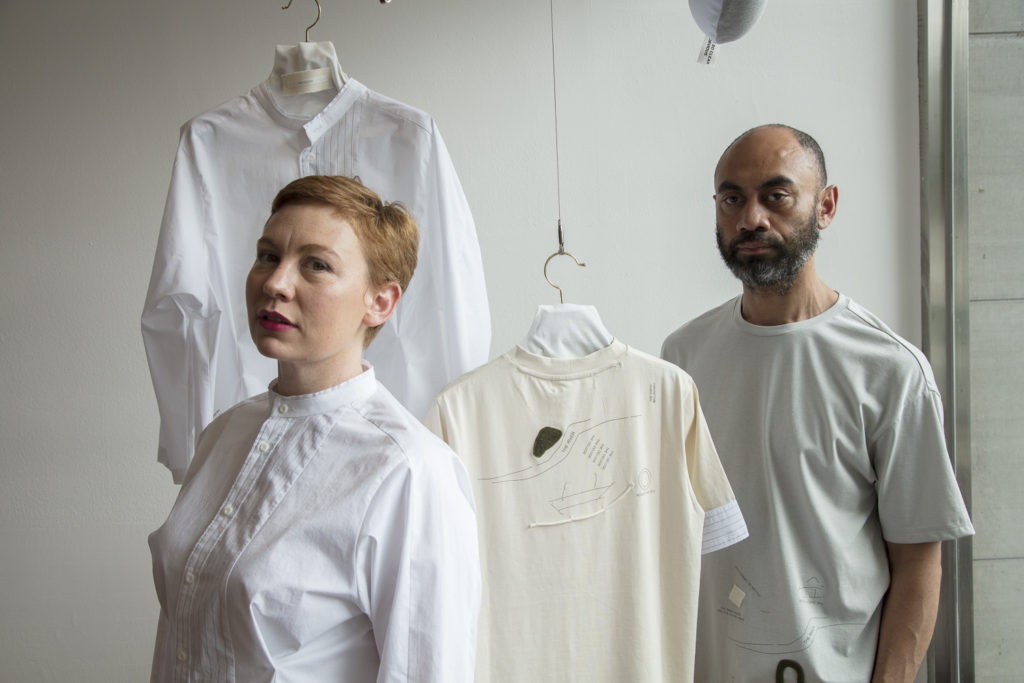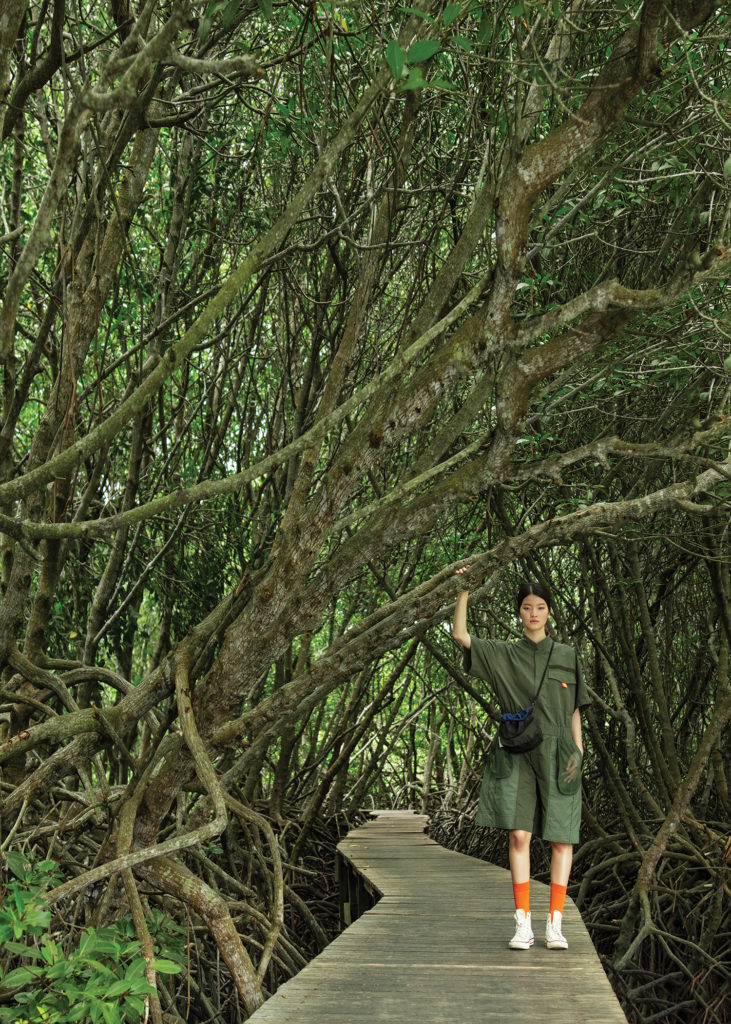Ethical Fashion vs. Fast Fashion: Which Korean Brands Are Eco-Friendly?
Written by Cami Ismanova.
Hands up if you like to go shopping more than four times per year. Wait, maybe it is even more frequently. Shopping is a form of therapy that draws friends closer and alleviates stress levels. But is it as healthy and relaxing as we think it is? Ladies (and maybe gentlemen), we know that sometimes we can get slightly obsessed with it. How many times do you stand in front of a mirror in a shop, holding a blouse in each hand, feeling unsure which one to choose, when in fact all you went to the store to buy was turmeric powder? Been there, done that!
We all want those gorgeous one-pieces even though we have thirteen hanging in the closet. Heels, too, we want to buy but will never wear because, let’s admit it, there is a high chance that our feet might fall off while wearing them. Fast fashion encourages large retailers like Zara
and H&M to reduce the time between producing and selling clothing to every four to six weeks, and to invest more and more in visual merchandising, to turn us into brainwashed moths flying directly into the flame. How did this trend of fast fashion even emerge?

In 1980, mass-market retailers developed a “quick response” concept based on trends from the catwalk. The main objective was to deliver a designer product to a mass market at a relatively low price in a relatively short time.
If Fashion Weeks are held four times a year worldwide, then the market-based, quick-response strategy should provide new collections at least 1–2 months later. There are several brands that ride on the wave of fast fashion. I am sure you have heard of or bought from Zara, H&M, Topshop, C&A, and Peacocks. Zara, the Spanish mass-market retailer, is a role model for this continuous seasonal production. Like any other mass-market retailer, Zara’s strategy consists of several crucial aspects: visual merchandising, market timing, cost, and buying cycles. According to research, 75 percent of shopping decisions are made in front of the item in three seconds. This fact proves how successful investments in the visual merchandise of the aforementioned brands are.
How big is the market? Well, the revenue in Korea is expected to be $18.8 million in 2020 alone, with the largest segment being women’s apparel. Growth is expected to increase by 2.8 percent annually. A basic rule of economics states that there might be nothing wrong with fast fashion. The more we produce, the more we consume, the better our living standard. Yes, maybe in some alternative reality, it is a totally harmless philosophy. But in our reality, fast fashion has a long list of negatives that include water pollution, the decay of synthetic fabrics, child labor, and poor working conditions in developing countries. As a result, we witness tragic events such as the collapse of the Savar building, a garment factory in Bangladesh, with a death toll of 1,134 in 2013. How can we slow this phenomenon
down? Two words: slow fashion!

2013. (Wikipedia.org)
Slow fashion is a form of ethical, sustainable fashion where you make
conscious shopping decisions. How does it work? Firstly, quality over everything! This trumps quantity, price, and lack of self-discipline. Slow
fashion advocates the purchase of high-quality clothing items that will last
for years. It is, therefore, a good financial decision. Secondly, try to buy products that are eco-friendly. Nowadays a group of Korean designers
is following a “green” path in its attempts to slow down K-fashion trends by creating a slow-fashion collection called Wear Grey.
Another brand that is worth attention is RE;CODE the leading sustainable fashion brand in Korea. The RE;CODE slogan is “This Is Not Just Fashion,” and the brand supports this slogan by using innovative methods like upcycling deadstock for new use.

Another Korean vegan fashion brand is Not Ours, which uses alternative fabrics instead of leather, fur, and silk. The founder of the brand, Park Jin-young, has said, “This is the brand we started because we needed it ourselves.” Not Ours remains one of the few vegan brands in Korea. Last but not least, remember alternatives like secondhand shops and recycled clothing. It will be more environmentally friendly if you donate items of clothing that you no longer wear so that they can be reused. You can always participate in the GIC Freecycle to do just that.
To conclude, it is, of course, a personal choice of individuals whether they want to go out of their comfort zones and explore more eco-friendly ways of shopping. It may be challenging to start, especially when the number of “green” brands in Korea is limited. However, it might be the right time to take the first step towards ethical sustainable fashion. As Anne Lappe once said, “Every time you spend money, you’re casting a vote for the kind of world you want.”
THE AUTHOR
Cami Ismanova is a student at Chonnam National University majoring in
economics. She loves writing, listening to jazz, reading non-fiction books, and traveling around. She can be found on Instagram @camidisman.




